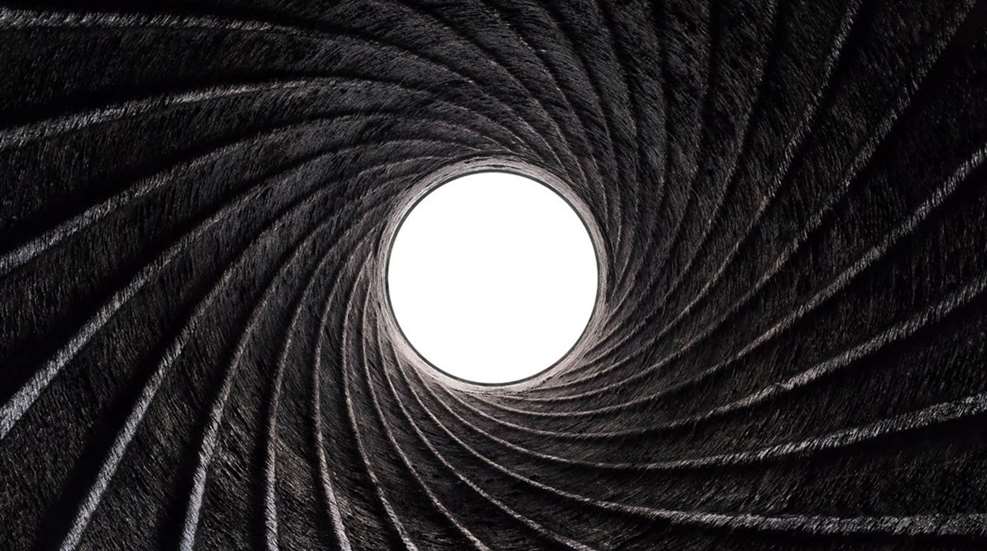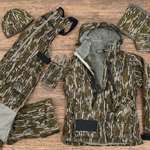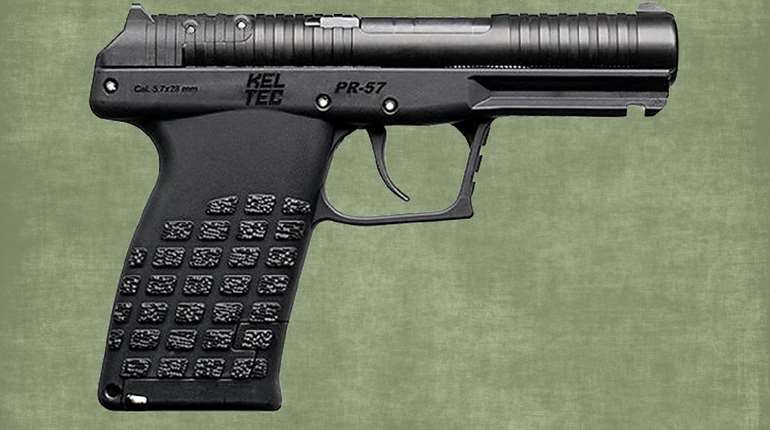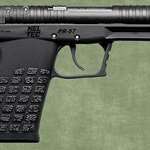
Rifling is more than just grooves in a barrel. Barrel rifling was first introduced in 1498 by August Kotter, an armorer in Germany. Kotter applied the concept of putting a spin on arrows shot from bows to projectiles shot from a firearm. It was not until around 1540 that rifling started showing up in firearms. Rifling in firearm barrels was not common until the early 1800s because the black powder of the time was very dirty and would foul the grooves. In extreme cases, the fouling became so thick that it resembled an obstruction, resulting in a blown barrel.
Several developments in the ignition process in firearms and in ammunition allowed for rifling to become commonplace. In 1807 Alexander Forsyth developed the first priming compound. Then in 1814 Joshua Shaw successfully put this priming compound in a cup, thus developing the first percussion cap. Both developments reduced the amount of fouling in the barrel that clogged up the rifling. In 1847, a French captain, Claude-Etienne Minié, developed the first conical bullet. This was where the name Minié Ball got its name. This conical ball, shot through a rifled barrel, changed firearms forever! Between 1850 and the late 1860’s, smoothbore muskets were replaced by rifled barrel firearms on the battlefield. The American Civil War was the first war fought with these “new” rifles.The purpose of rifling is to put a spin on the projectile, along its longitudinal axis, to stabilize the bullet as it travels towards its intended target. This spin allows the projectile to travel further, more accurately and with more consistency every shot. The spin prevents the projectile from wobbling feebly through the air. Most instructors use the football analogy when describing the purpose of rifling in the barrel of a firearm. Just as a receiver is more apt to intercept a football thrown with a perfect spiral, the spin put on a bullet allows the projectile to contact the target at the spot you were aiming.

Rifling is made up of lands and grooves. The raised parts are the lands, and the recessed parts are the grooves. The rifling marks left on a bullet are unique to that firearm just as an individual’s fingerprints are unique to that person. The lands and grooves marks are identifiers on a bullet that can lead criminal investigators to match a bullet to its firearm.
The grooves in the barrel do not run straight from the chamber to the muzzle. To put a spin on the projectile, the grooves must be cut in the barrel with a slight rotation, or what is commonly referred to as a twist. The tightness of the twist is referred to as the twist rate. The twist rate in a barrel is shown numerically as how many inches in the barrel it takes to complete one rotation. A common twist rate is 1 rotation completed in 10 inches which is shown as 1:10.
There are several factors that determine the right twist for a given firearm. Some of these include, but are not limited to, caliber, the length of the bullet, weight of bullet, type of bullet (FMJ, hollow point, boattail, etc.), and muzzle velocity. These factors are what is used to match the twist rate with distance and velocity. Spinning a particular projectile too fast or too slow can affect accuracy. In extreme cases, the wrong spin can cause the deterioration of the projectile before it hits its target.
It takes a smaller twist rate to stabilize a bullet with a higher velocity than for a bullet with a lower velocity. For example, a .300 Win. Mag. has an average muzzle velocity of 3,050 feet per second (fps), while a .38 Special has an average muzzle velocity of 900 fps. The average twist rate for a .300 Win Mag is 1:10 (one complete rotation in 10”) and the average twist rate for a .38 Special is 1:18.75 (one complete rotation in 18.75”).
You might say, “Wait, a .38 Special barrel is not 18 inches!” That is true. Most .38 Spl. barrels are either 2" or 4” long. The twist in the barrel of a firearm does not have to complete a rotation. A .38 Spl. with a 4” barrel might only complete less than a quarter rotation before it exits the barrel. To complete a rotation in a 4” .38 Special, the twist rate would have to be 1:4. A fast 1:4 twist rate in a .38 Spl. could have disastrous results. The wrong twist rate can affect anything from accuracy to causing safety issues such as the projectile coming apart when it exits the barrel.
The faster a projectile spins, the more pressure is put on the barrel, the bullet and the bullet’s jacket. This can cause excessive wear on the barrel and strain a bullet jacket causing separation.
By introducing students to barrel twist and twist rates, they understand the importance of matching up specific brands and weights of ammunition to a specific gun.














































